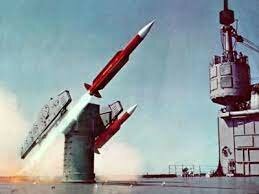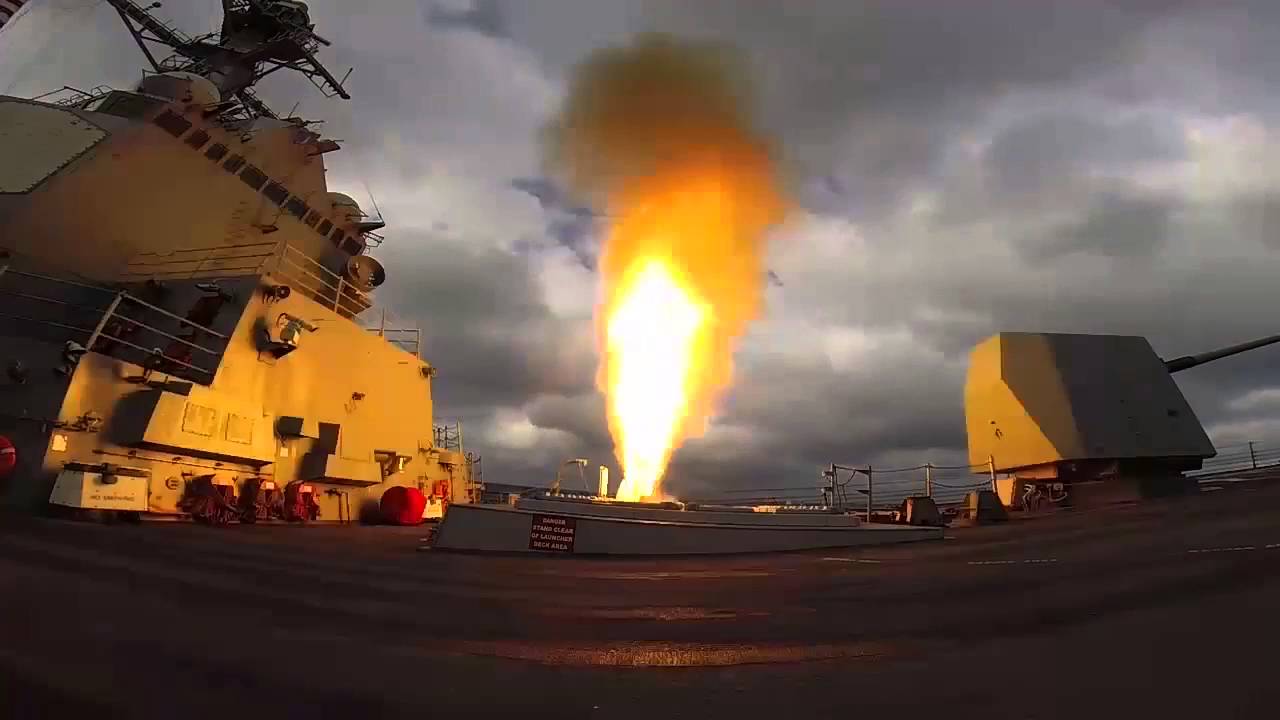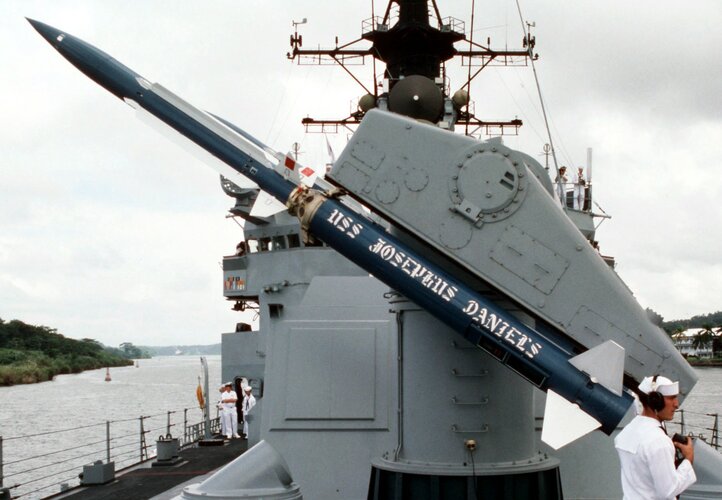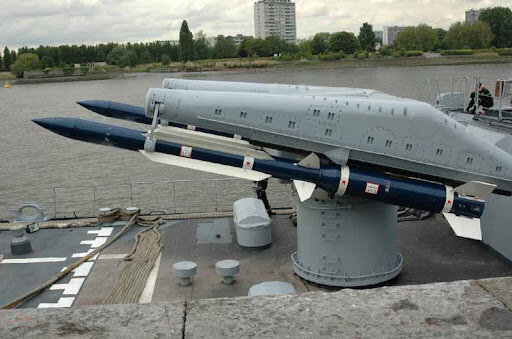Maury Markowitz
From the Great White North!
- Joined
- 27 February 2014
- Messages
- 181
- Reaction score
- 111
One would imagine the SA-2 would lead any discussion of SAM kills in general, but a naval equivalent is not so immediately obvious.
It appears Sea Dart might hold that crown? Eight confirmed successes plus one friendly fire would appear to be the record. Is anything else close?
I know some of the US designs saw use in Vietnam, including Talos' famed long-range kill, but I don't believe these were commonplace. I'm not very familiar with the fSov uses.
It appears Sea Dart might hold that crown? Eight confirmed successes plus one friendly fire would appear to be the record. Is anything else close?
I know some of the US designs saw use in Vietnam, including Talos' famed long-range kill, but I don't believe these were commonplace. I'm not very familiar with the fSov uses.




